Railway relays are crucial components of railroad signaling systems, playing a pivotal role in ensuring the safe and efficient operation of trains. These devices are designed to monitor, control, and manage various aspects of railway operations, including the signaling of train movements, track switching, and the protection of railway infrastructure. Railway relays have been a fundamental part of railroads for many decades and continue to evolve with advancements in technology.
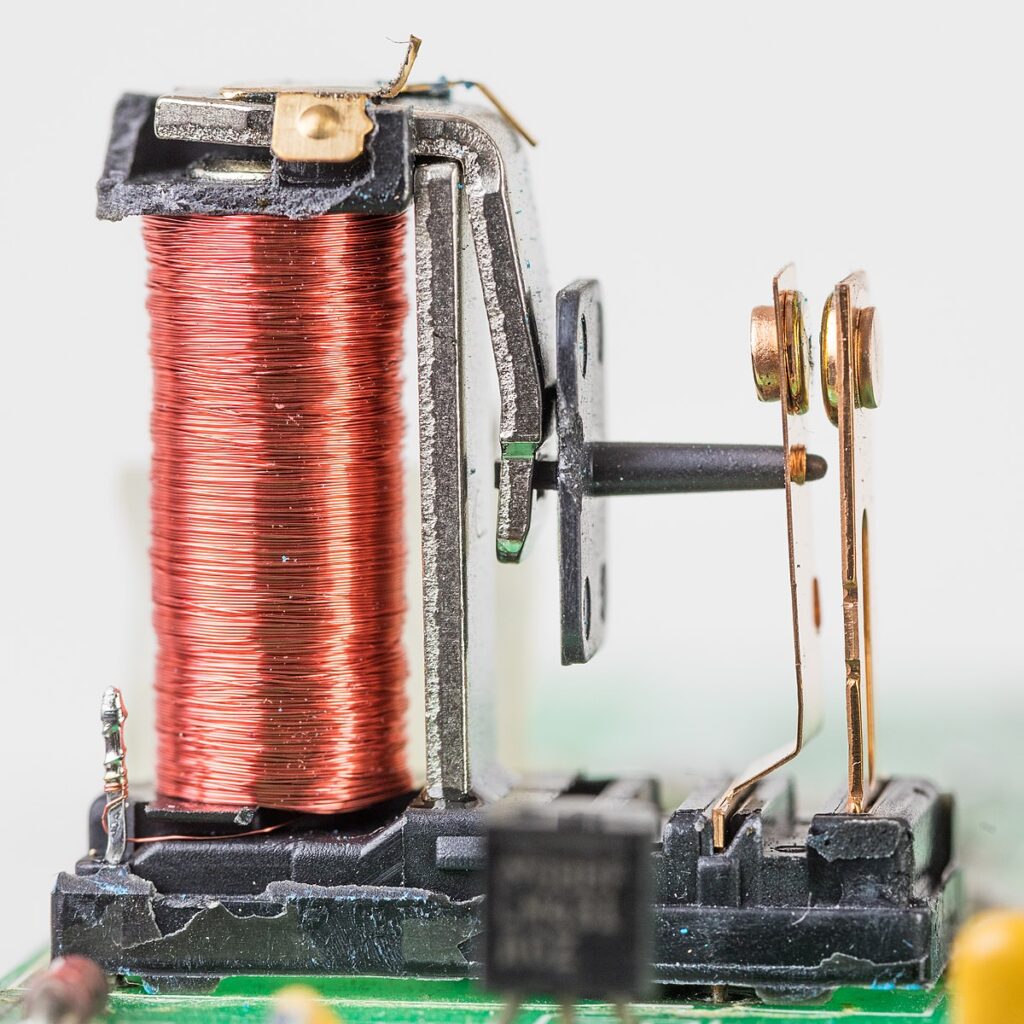
The principle of operation of relays is based on the electromagnetic effect that makes them function as remotely operated switches. The advantage of relays is that one relay can be used to control many different circuits via the control contacts.
How Railway Relays Work
Railway relays operate on the principles of electromagnetism and electrical control. They are essentially electromagnetic switches that open or close electrical circuits in response to specific conditions or inputs. Here’s a simplified explanation of how railway relays work:
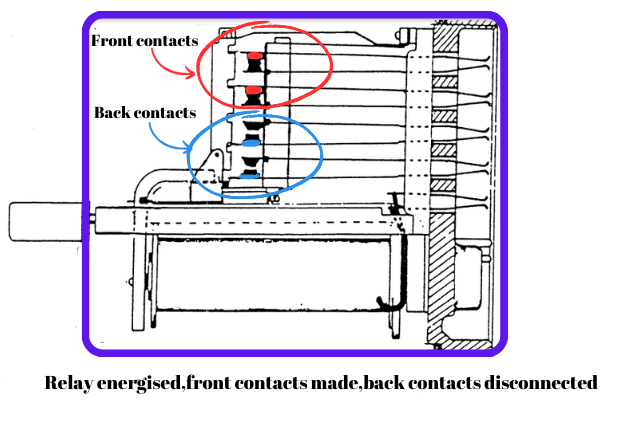
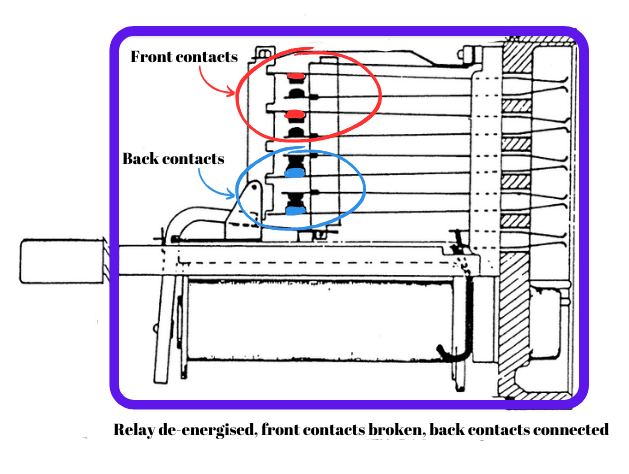
1. Input Signal: Railway relays are triggered by input signals, which can come from various sources such as track sensors, control panels, or dispatch centers. In the case of track circuit relays, a train approaching a section of track completes an electrical circuit through the wheels and that acts as an electrical signal of the relay.
2. Relay Activation: The electrical signal energizes the electromagnetic coils in the relay. This causes the iron core to become magnetized and pull the relay contacts into either an open or closed position, depending on the design and purpose of the relay.
3. Control of External Devices: The opening or closing of relay contacts controls various external devices, such as signals, track switches, or alarms. For example, closing a relay contact might activate a red signal light to indicate a stop, while opening a contact might change a track switch’s position.
Components of railway relays
Relays consist of electrical components that are designed to create a magnetic field that moves tiny metal plates that close or break electrical circuits. Relays can be DC relays or AC relays. DC relays are used in AC traction areas and vice versa for safety purposes. The components that make up a DC relay are:-

1. Electromagnetic Coils: Railway relays consist of coils of wire that are wound around an iron core. When an electrical current flows through these coils, it generates a magnetic field.
2. Armature: These are part of a relay connected pivoted to the yoke that is joined with the iron core. The magnetic field creates opposite poles that is south and north poles in the iron core. The south pole easily passes through the yoke to the armature thus creating opposite poles on the armature’s other end. As unlike poles attract the armature’s south pole attracts the iron core’s north pole and the armature moves towards the iron core.


3. Drive bar: This is a steel bar attached to the upper end of the armature and is connected to a number of contacts. When the armature is attracted to the pole this drive bar moves upward and moves the contacts with it.
4. Contacts: Inside the relay, there are one or more sets of electrical contacts that can be opened or closed. These contacts are connected to external circuits. Contacts are of two types that are called front contacts and back contacts. The front and back contacts work with opposite actions. When the front contact is connected the back contact is broken and vice versa.
The front contacts connect when the track is unoccupied and disconnect when the track is occupied. The absence of a train means the electrical circuit energizes the magnetic field and the front contacts connect and vice versa. Each pair of contacts can be considered as a separate switch. If there are 16 contact pairs, they can switch on and off 16 circuits.
The back contacts are almost always provided with front contacts. The back contacts are used for making circuits that turn on desired signal lights or for other purposes as per the signal design. For instance, if the front contact lights up green the back contact can be used to light up red. Hence, there are different kinds of relays with different numbers and arrangements of front and back contacts that are designed for specific functions.
Purpose of Railway Relays
Railway relays serve several critical purposes in railroad operations:
1. Safety: They are essential for ensuring the safety of trains and preventing collisions. Relays control signals that inform train operators when it’s safe to proceed, stop, or reduce speed.
2. Efficiency: Relays manage track switches, allowing trains to switch from one track to another efficiently. This enables the smooth flow of train traffic and the optimization of railway capacity.
3. Protection: They protect railway infrastructure from damage by monitoring track conditions and activating alarms or shutdowns in case of issues like track circuit failures or obstructions.
4. Interlocking: Relays play a crucial role in interlocking systems, which prevent conflicting train movements. They ensure that switches and signals are set correctly to avoid collisions.
Types of Railway Relays
Type of relays with respect to their design
Neutral relays
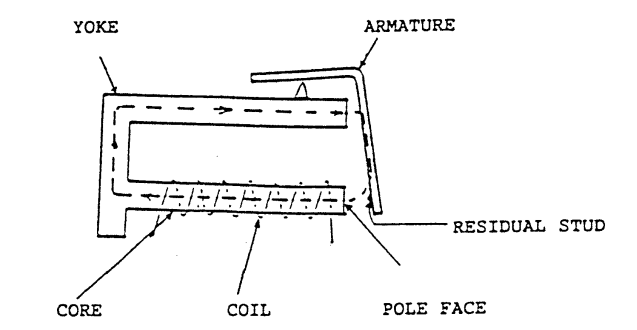
The current through the coil can flow in both directions or with both directions of polarities of the voltage.
Biased Relay
This type of relay only picks up the current in one direction through the coil. A permanent magnet is attached at one end of the armature. If the current flows towards the armature, the armature is repelled. However, if the current runs in the opposite direction the magnetic flux and the coil flux have the same directions resulting in attraction instead of repelling.
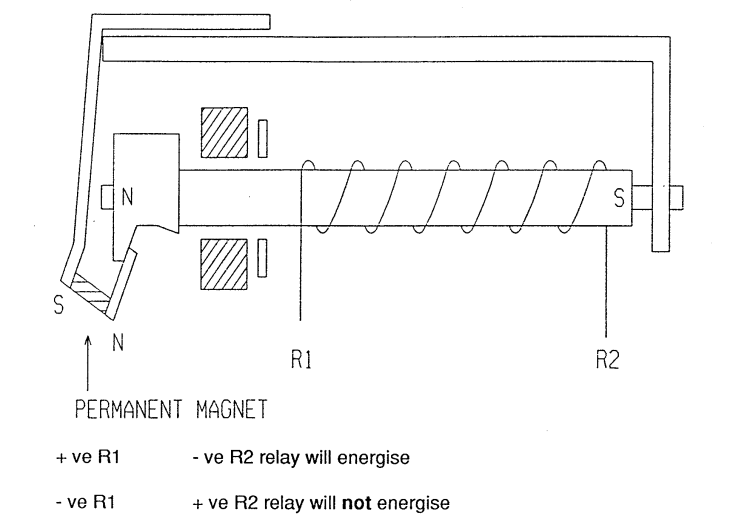
Slow Release/Time Delay Relays
These relays have capacitors or copper sleeves that run around the coil. As the current status changes the release of the relay is delayed due to the stored charge by the capacitor. After the stored charge of the capacitor discharges through the coil, the relays become released. This way the on status or off status of the electricity is controlled to occur after a certain time interval. The time interval could be milliseconds, hours, or days.
These relays have a capacitor connected in parallel to their coil. When the operating current is interrupted the release of the relay is delayed by the stored charge in the capacitor. The relay releases as the capacitor discharges through the coil.
Polarised relays
This is a type of relay that allows current only in one direction. Its function is similar to a biased relay but the principle of operation is different. The relay coil has a diode connected in series with it. This blocks the current in the reverse direction.
Permopolarized or magnetic stick relays
The magnetic circuit of these relays has a strong remanence. There are two coils: a working coil (take up) and a releasing coil (drop). A current in the operating coil causes the relay to turn on. The armature is kept in place by the residual magnetism even after the current is cut off. A current that passes through the release coil releases the relay.
A/C relays
These relays are neutral and their coils are used to pick up AC current. These are employed on the power circuits of the point motors, where high current passes through the contacts, and are highly quick in action. In a typical relay, the sluggish switching time and sparks could fuse the contacts together.
Type of relays with respect to their function
Relays are used for different purposes in various types of applications. For example, they are used in delaying switches and light appliances. Their purpose is designed to fulfill a certain function or purpose. Sometimes more than one relay is necessary to design certain relay logic for a required railway control system.
1. Track Circuit Relays: These relays monitor the presence of trains on specific sections of the track. They are used to control signals and detect trains for signaling and safety purposes. When the track circuit was first started in 1872 the purpose was to inform the location of the train to the signalman. Now track circuits operate signals, locking points, and other functions.

How track circuit relays function
The flow of current is as follows when the track circuit is clear of trains:
(A) From the (+ve) battery to the positive rail via the feed resistor.
(b) Returning to the negative rail from the positive rail after passing via the track relay coils.
(c) From the battery’s negative terminal to the negative rail.
Specifically, the circuit is a “series” one that is “closed” or complete.
The following changes occur in the current flow when the track circuit is occupied by a train:-
(a) Through the feed resistor and the positive rail, from the battery (+ ve).
The wheels and axles of the train create a short circuit between the positive and negative rails in (b) (c). The majority of the current will pass through the wheels and axles, the LEAST RESISTANCE PATH, to the negative rail, and then back to the battery.
There will still be a very small amount of current flowing through the rails to the track relay.
As a result of the current being diverted, the relay is deactivated.
2. Track circuit indication relay
This is an additional relay to the track relay used to indicate occupancy of a track. The back contact of the track relay is connected to this relay to operate it. This relay is important as it introduces a delay time for the pick up of the voltage in order that the track does not show signs of clear in case the track circuit voltage momentarily picks up and drips. This way safe traffic is ensured.
3. Three-aspect color light signal relays
Color rail light signal relays are responsible for controlling the different signal aspects displayed to train operators. These relays determine whether a signal should display a green, yellow, or red aspect, indicating whether it’s safe to proceed, approach with caution, or stop. More than one relay is used to operate a 3 aspect color light signals which are designed to function in a desired manner. The relay’s precise timing and switching functions are crucial to maintaining safe train operations.
4. Point locking relays
The movement of the points can be designed not to move when the track is occupied. Relays can be used to ensure the points do not move until the train clears the track.

5. Interlocking Relays: Interlocking relays ensure that switches and signals are properly coordinated to prevent unsafe train movements. Interlocking relays are used to set and lock routes by setting points at certain positions to prevent conflicting routes. The relay basically calls other numerous relays and sets the points at the required positions. The signals then are designed to control the movement in the locked route and block trains from coming into the route. Normally interlocking relays call several other relays to control the points.
6. Grade Crossing Relays: These relays control the operation of railway crossings, including the lowering of gates and activating warning signals for road traffic when a train is approaching.
4. Time Delay Relays: Time delay relays introduce delays in signaling and switching actions to allow for safe transitions between different states in railway operations.
5. Overcurrent Relays: These relays protect against electrical faults by opening circuits when excessive currents are detected.
Railway Relay Boxes and Rooms
Railway relays are typically housed in relay boxes located along the railway tracks or in dedicated relay rooms near the tracks. Relay boxes are usually smaller enclosures containing specific relays for localized control, while relay rooms house a more extensive array of relays and control equipment for larger sections of the rail network.

Railway Relay design and railway Wiring Diagram
Railway Relay design
Railway relay design refers to the careful engineering and configuration of relays used in railway signaling and control systems. These relays play a critical role in ensuring the safe and efficient operation of trains on railroad tracks. Railway relay design involves considerations such as:
1. Safety: Reliability is paramount in railway systems. Relay designs must prioritize safety, ensuring that signals are accurately transmitted and that switches and crossings are properly controlled to prevent accidents.
2. Redundancy: Railway relay systems often incorporate redundancy to minimize the risk of failure. Dual or triple redundant relays are commonly used to provide backup functionality in case of a single relay malfunction.
3. Environmental Resistance: Railway relays must withstand harsh environmental conditions, including extreme temperatures, vibration, moisture, and contaminants. Designers must select materials and enclosures that can endure these challenges.
4. Electromagnetic Compatibility: To prevent interference with other railway equipment and systems, relay designs must consider electromagnetic compatibility (EMC) standards and incorporate shielding as needed.
5. Maintenance: Ease of maintenance is crucial to minimize downtime. Designs should allow for easy access to relays for inspection, testing, and replacement when necessary.
6. Communication Protocols: Modern railway relay designs often include digital communication protocols to enable remote monitoring and control. This facilitates real-time data exchange between relays and central control systems.
7. Fail-Safe Operation: In the event of a power failure or a relay malfunction, railway relay designs often incorporate fail-safe mechanisms to ensure that signals default to safe positions.
8. Compatibility with Existing Infrastructure: In many cases, new relay designs need to integrate with existing railway infrastructure, so compatibility with legacy systems is a key consideration.
Railway relay wiring diagram
Railway relay systems are complex and require detailed wiring diagrams to ensure proper installation and operation. These diagrams provide a visual representation of how relays, switches, signals, and other components are connected to form a functional railway signaling system. Accurate wiring diagrams are essential for maintenance, troubleshooting, and system upgrades.
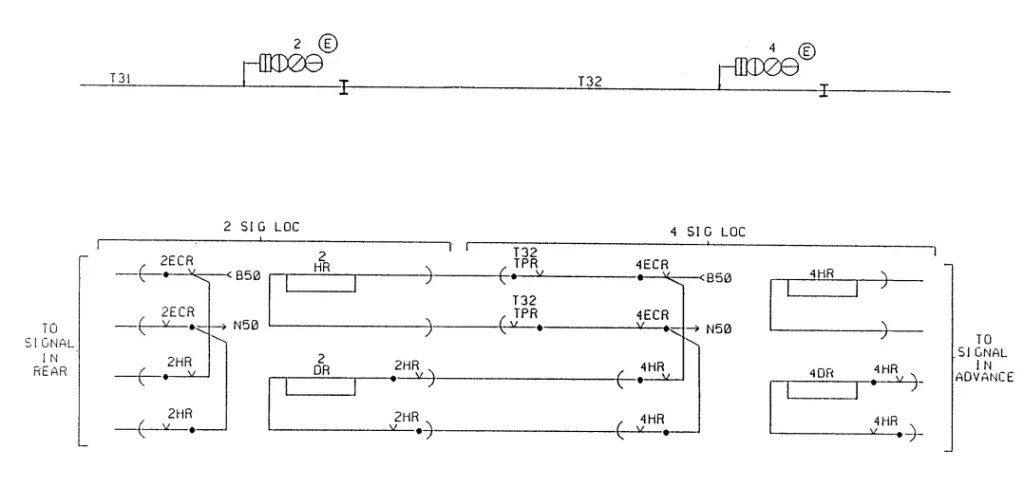
In conclusion, railway relays are indispensable components of railroad signaling systems, working tirelessly behind the scenes to ensure the safety and efficiency of train operations. Their ability to respond to electrical signals and control various aspects of railway infrastructure makes them a vital part of modern rail transportation systems.

